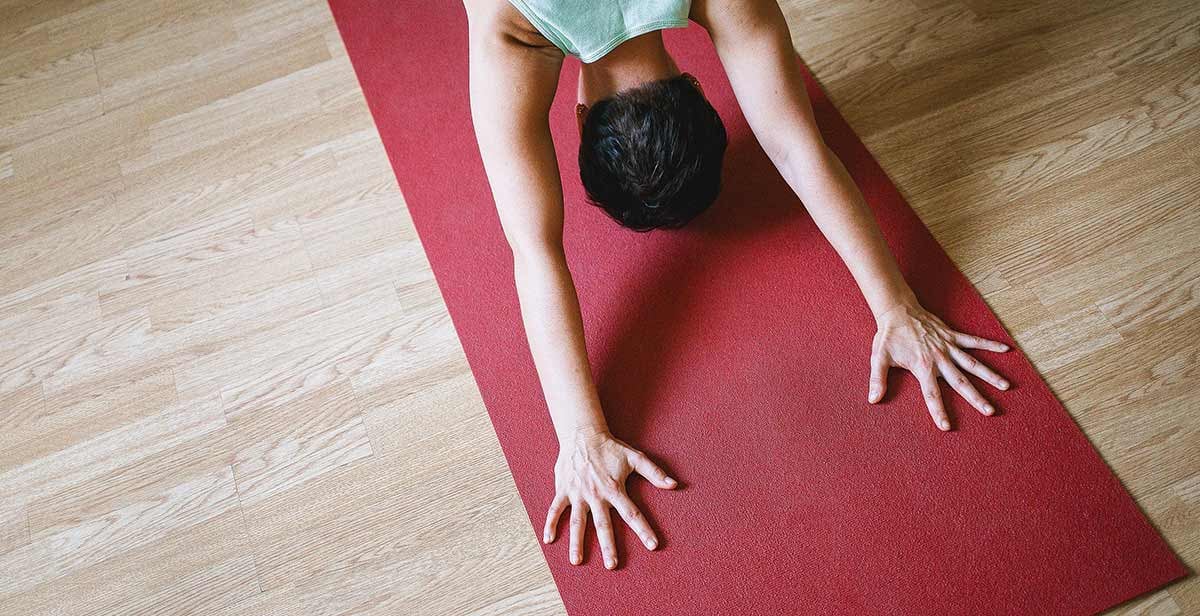
Do you own a yoga mat? Have you noticed it is beginning to get dirty as a result of regular use? Could you be wondering how to get rid of such an unpleasant experience and get your yoga mat to perform at its best?
Well, you are right in time for the answers to these questions that have been flooding your mind lately. Dirt, sweat and oils can make your yoga mat lose its value quickly hence the need to have it cleaned regularly. Additionally, these foreign elements make it harder to perform yoga on the mat and in some cases can even cause accidents from unexpected slides.
Daily maintenance of your mat coupled with washing it will help extend your yoga mat’s life as well as allow you to enjoy a slip-free yoga experience.
But what are the benefits of cleaning your yoga mat?
Once you are done exercising, cleaning your mat is always the last thing that comes into your mind. However, a clean mat should be a priority. It doesn’t matter whether you choose to clean your mat before or after class, since in both cases, there are numerous benefits to maintaining the highest hygienic standards for your yoga mat.
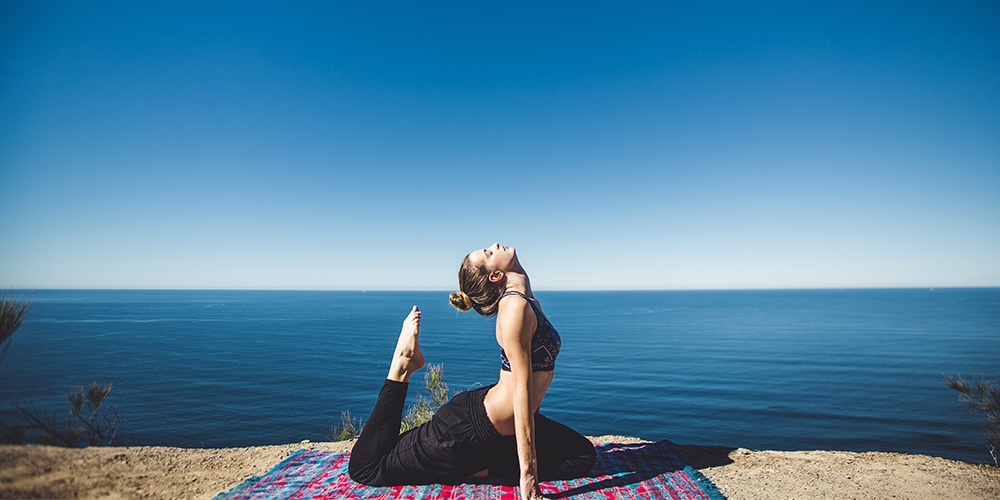
Here are some of the reasons why you need to frequently clean your yoga mat:
Helps extend your mat’s life
As previously mentioned, the dirt and sweat that usually builds up on your mat after every use will make your mat deteriorate in value sooner than expected. To maintain that new look and smell, make sure you wipe the mat after every use.
By regularly cleaning your mat, you will be able to maintain its sticky texture and, therefore, instances of slipping will be reduced.
Extend your yoga mat’s life by cleaning and maintain it as often as possible.
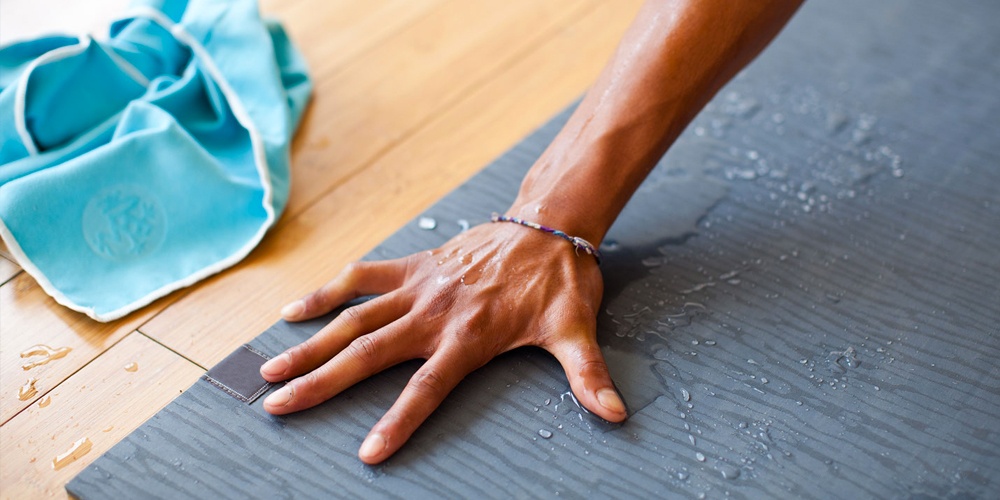
By cleaning your mat, you will get rid of bacteria, germs, fungi and viruses that are often associated with sweaty environments. A well-known example is ringworm that is very common on well-used surfaces such as yoga mats.
Even by just placing the mat on the floor, know that you are exposing it to a good number of pathogens. To help minimize, if not to eliminate entirely, all the possible pathogens that you might get exposed to as a result of practicing yoga, you need to clean the mat after every use.
Nothing is really as satisfying as knowing that you are safer while carrying out your regular yoga classes. Practicing yoga in a more hygienic environment makes you feel better and more comfortable.
If you fail to clean your mat after every use, you will have to do a deep cleaning which is usually very demanding. In fact, if you are able to use wipes after every yoga class, you won’t have to spend a lot of your energy and time doing a deep cleaning.
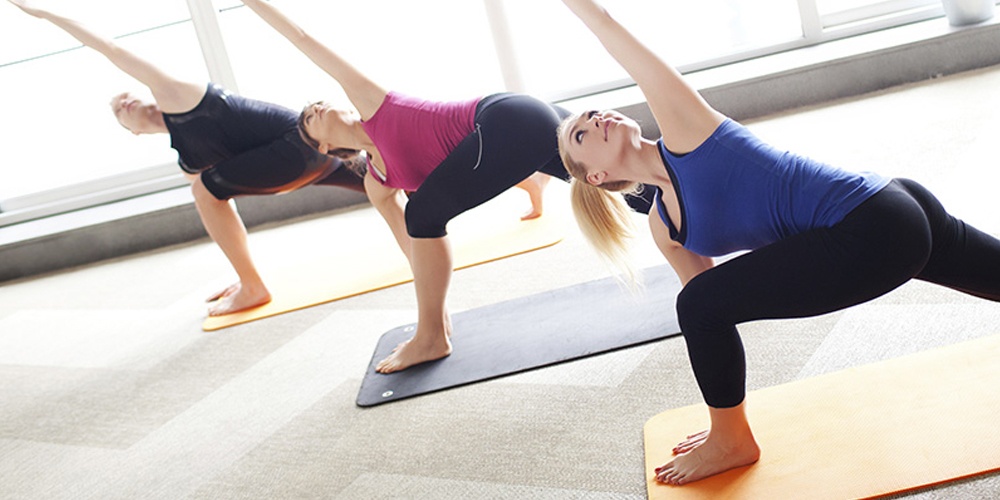
Yoga studios always contain a large number of people working out together. There are instances when you could be trying to concentrate on the act of strengthening and stretching your body when you get distracted by an offensive odor. At first, you might think that it is coming from your fellow yogi when in reality it isn’t.
The unpleasant smell could be emanating from their poorly maintained yoga mat. Don’t be the yogi that gets others distracted by a smelly mat.
Be the yogi that everyone wants to exercise near due to the nice smell from your yoga mat. In fact, your self-esteem and confidence will be significantly improved as a result of the trust many will have bestowed in you.
Having a clean yoga mat is essential for your well-being, the mat itself, and everyone that will be around you during class.
Yoga mats can either be hand washed or machine washed. And keeping the mat clean is a very simple and relaxing task that shouldn’t take too much of your time. Have a look at how you can clean your mats in this section:
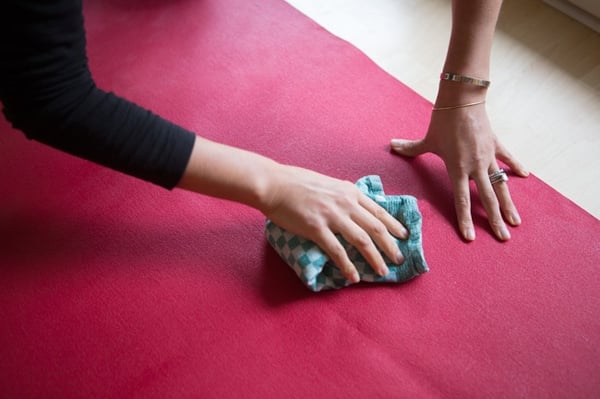
1. Hand washing the yoga mat
There are 2 different types of solutions that you can use to clean your mat: the homemade solution or the prepackaged yoga mat cleaner.
You can easily and quickly make your own yoga mat wash. The process doesn’t require much; all you need is tap water and some gentle detergent or dish soap. The use of your own homemade cleaning solution calls for a lot of diligence when it comes to rinsing your yoga mat. If the solution is not properly rinsed, any leftover residues from the solution can cause you to slip or fall during yoga class.
How to make your own yoga mat cleaning solution
First, mix a tablespoon of gentle detergent with about one gallon of water in a sink or a bowl. Lukewarm water is the best for making this cleaning solution.
If your yoga mat is seriously stinky, then you can add a teaspoon of baking soda. After you are done mixing the water and soap, you can either use a tiny spray bottle or a clean kitchen sponge to apply the solution to your yoga mat.
When applying the cleaning solution, do not use steel wool or any coarse scrubber as they might damage your yoga mat.
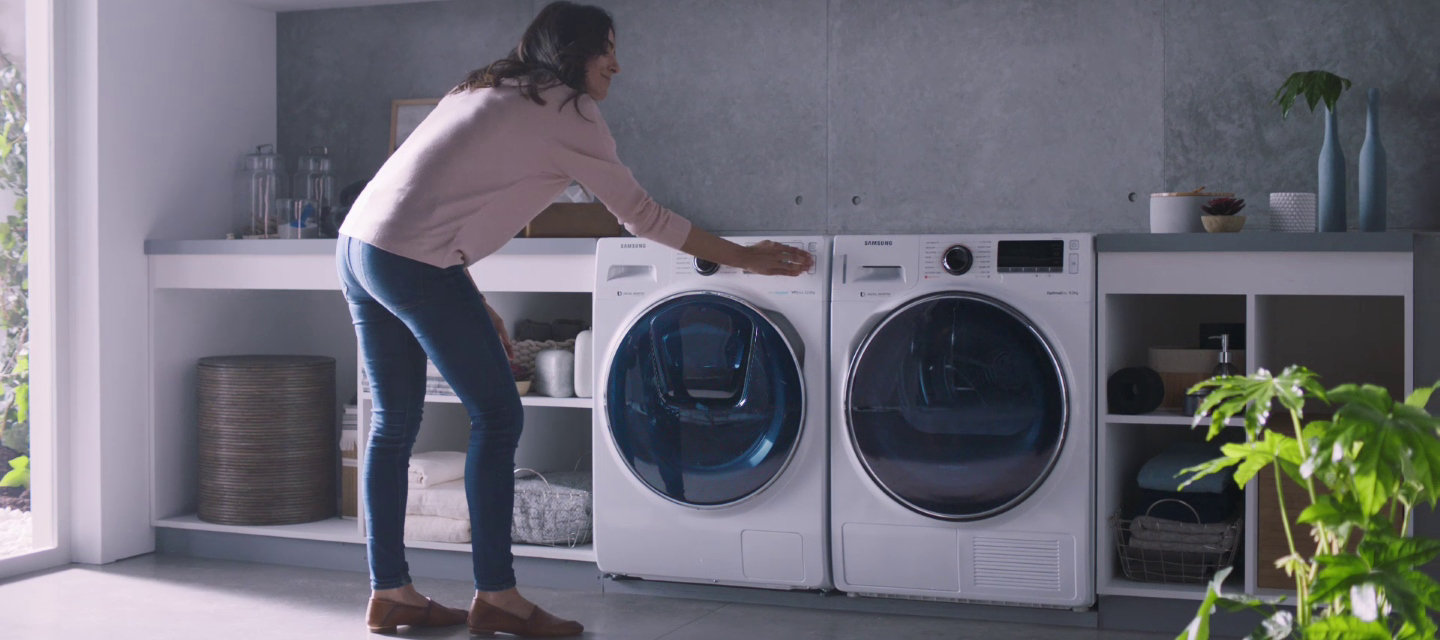
If you don’t feel like spending a lot of your time hand washing your mat, a washing machine will get the job done as well. The mat should be washed in cold water before it is placed in the washing machine.
The mat should be washed separately from other clothing. It is recommended that you use a mild detergent while machine washing.
Machine washing your yoga mat is usually not recommended because in most cases it lowers the quality of the mat making it too slippery when you're exercising.
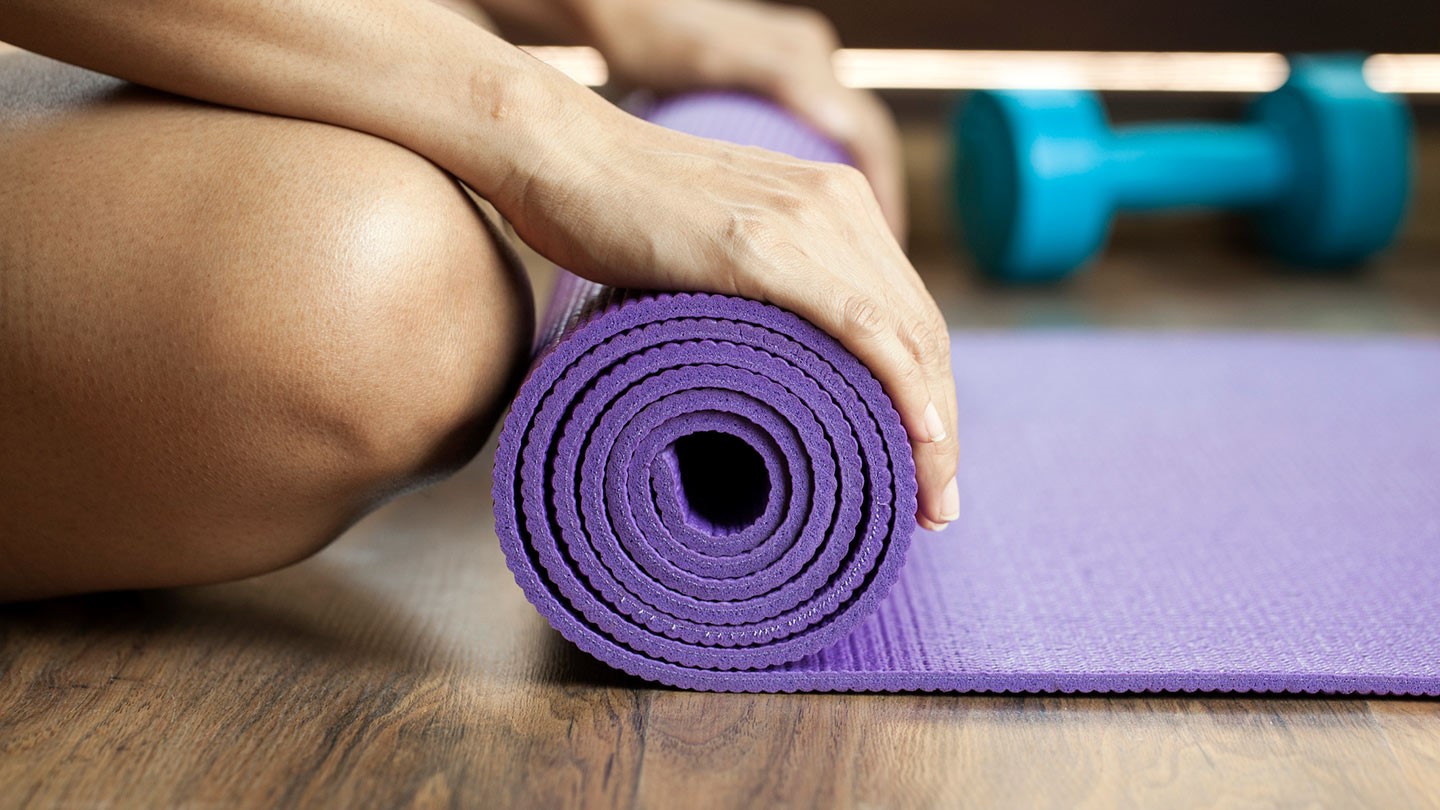
You can also use vinegar to wash your yoga mat but that often leaves an unpleasant and lasting smell on your mat’s surface. If your yoga mat has been made from low quality material, expect it to deteriorate if you wash it with vinegar. Therefore, you need to be certain about the ability of your mat to withstand vinegar before deciding to use it. Otherwise you might find yourself in the market for a new product when you didn't plan on it.
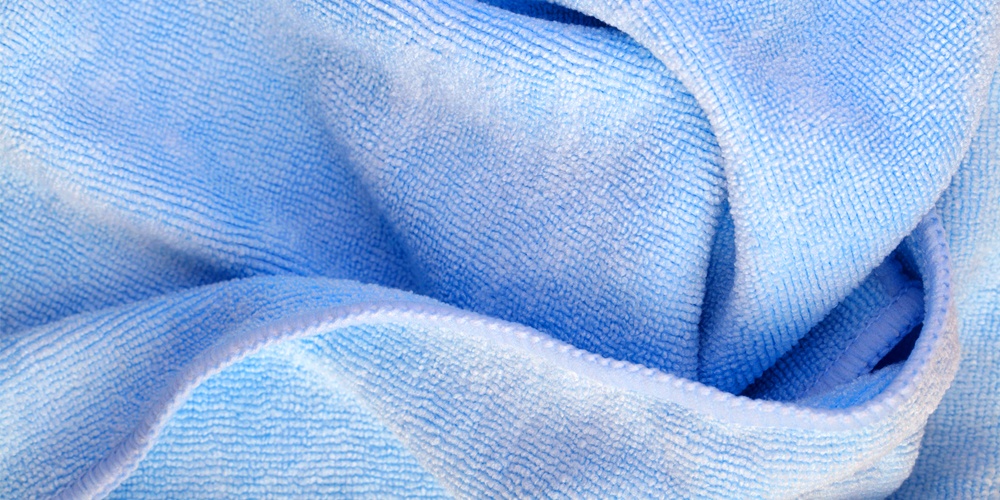
Use a soft cloth to hand wash your yoga mat
While hand washing your yoga mat, you can use a soft cloth to get the job done. After you have soaked the mat for a few minutes, wash both sides of the mat using a soft cloth.
There is absolutely no way you can talk about cleanliness of a yoga mat without mentioning anything to do with its maintenance. A well-maintained yoga mat is easier to clean and lasts longer. So what are some of the ways you can maintain your yoga mat?
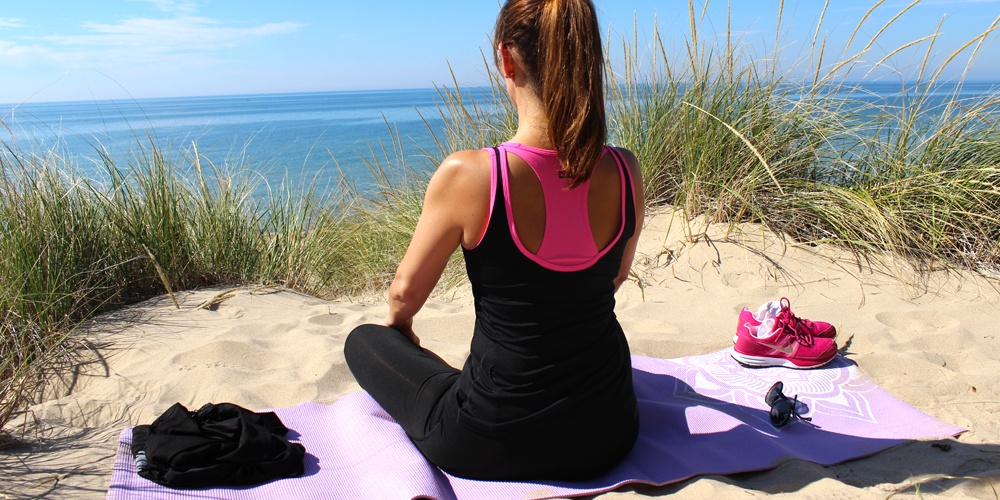
As mentioned earlier, sweat, dirt and oils can cause your yoga mat to lose its value quickly. And a degraded yoga mat is quite difficult to exercise on. Routine maintenance of your yoga mat after every use will improve the life of the mat.
If you go to yoga multiple times a week or on a daily basis, it is important that you clean off your mat after every use and properly store it.
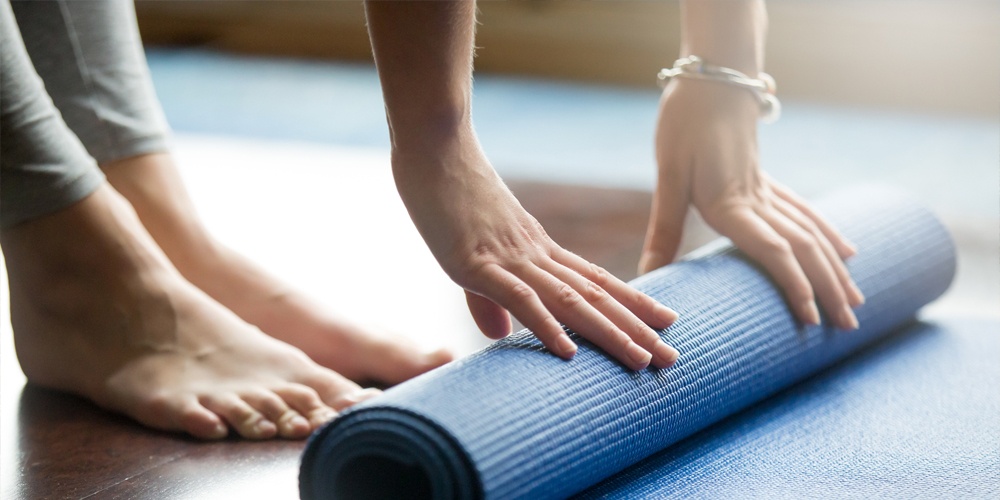
When you clean your hands and feet, you help improve the life of the mat. Additionally, you help prevent bacteria and other germs from leaving your skin and getting on the surface of the mat. Having clean feet and hands also clears off any creams and lotions that can degrade the mat and at times even cause slipping resulting in injuries while you're exercising.
What then should you use to clean your feet and hands prior to yoga class? This is also another consideration that you will have to take into account. Not any detergent and cleaning agent you come across will be useful in this process. Use gentle and comfortable baby wipes to wipe dirt off your feet and hands.
After every yoga class, use a baby wipe, a cloth or a yoga mat wipe to wipe off any dirt from the mat. After it has dried, roll it up properly and store it.
This helps keep the mat free from dirt, sweat and oils. Having a clean mat will extend its life in the long run. The wipes that you can use specifically for cleaning your yoga mats are available online and at sports stores that are well-known for retailing yoga products.
If you decide to go the baby wipes route, then make sure they are gentle enough and they do not contain soap or too many detergents that can make the yoga mat slippery. You can also use a cloth and some soap but make sure you don’t over wipe it. Excess soap should be wiped off to minimize the likelihood of your mat becoming slippery.
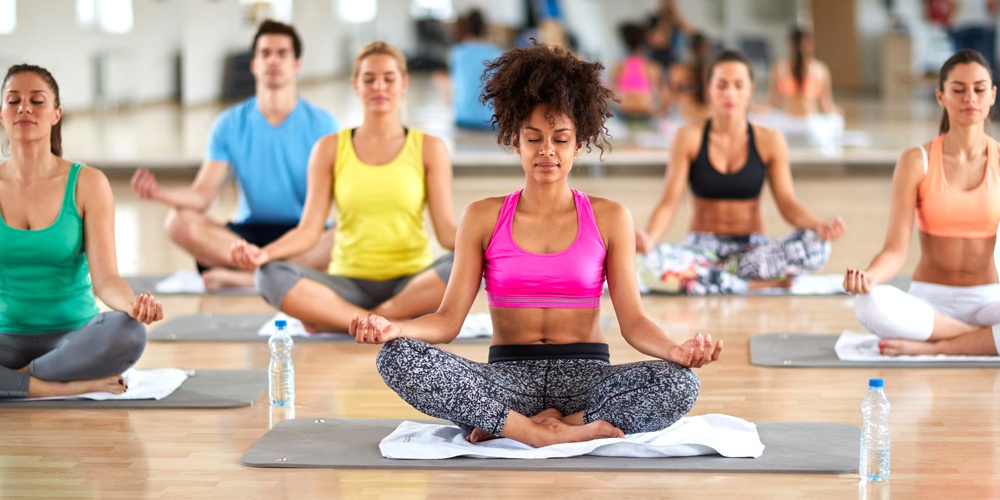
You can consider placing a towel on your yoga mat if you are sweaty, you are in a hot studio or you just want to have a layer prevent you from having direct contact with the mat. The towels will absorb excess moisture therefore making the mat easier to hold and exercise on.
Regular towels often slip a lot during use which can be hazardous. Yoga towels are the best for use in such instances as they are super absorbent and usually made with special grips that help keep the yoga mat and you from unnecessarily slipping.
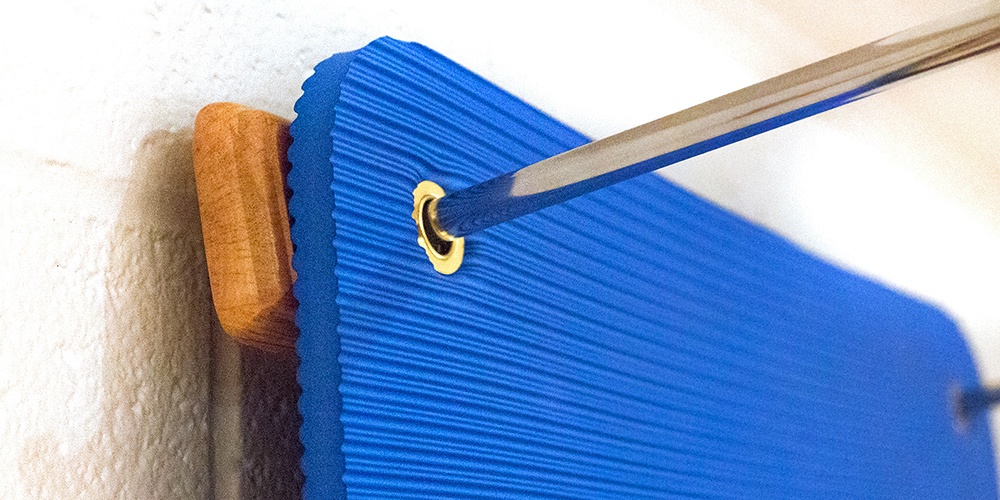
In most cases people just roll their yoga mat after using or cleaning it and then put it in a mat bag or the corner of their home or studio. This should never be the case. Having your yoga mat aired out on a regular basis helps evaporate any lingering moisture and sweat.
Airing your yoga mat also keeps it smelling fresh. For better results, put your mat over a laundry rack or on hangers to make sure that both sides of the mat are well aired. Even if you are using one side of the mat, you still need to have both sides aired out.
When carrying your yoga mat, place it in a mat carrier so that it can be properly aired after every use. Store your mat in a dry and cool location that is away from direct sunlight. There will be less accumulation of moisture thereby preventing breeding of fungi and bacteria. This is one way of ensuring that your yoga mat does not lose its value in a shorter time.
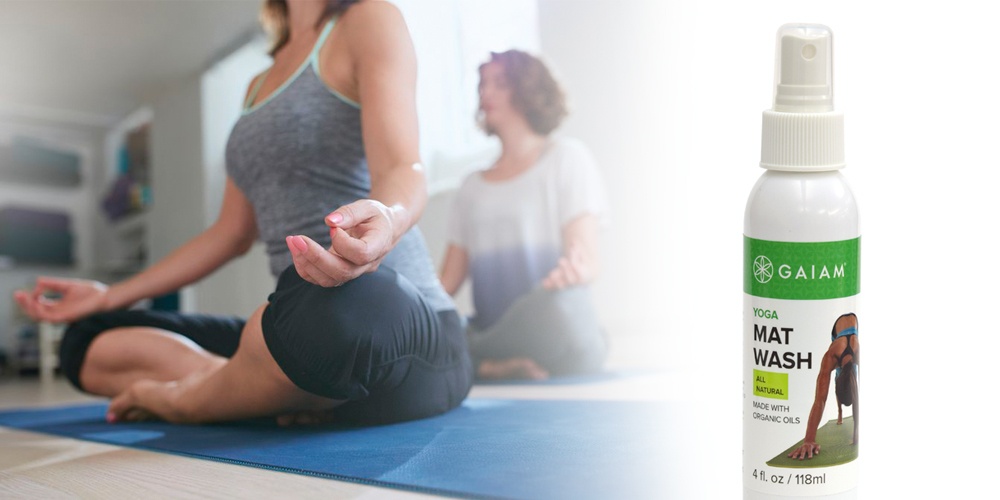
The best pre-made yoga mat wash you can consider using:
After that sweaty yoga class, the product that you can use to properly wash your yoga mat is GAIAM Yoga Mat Wash. And one good thing about this product is that it won’t damage the fibers of your mat and at the same time it helps remove the unpleasant stickiness that usually comes from doing yoga.
This product contains organic but essential oils with proven antibacterial, moisturizing and antiseptic properties that will kill odors and germs. Your mat will be kept refreshed during and even after the class.
Top Features
Why We Love It
You can also decide to make your own homemade sanitizer. Making your own sanitizer is quite easy. You only need to have essential oils and water. Some of these essential oils are: anti-fungal tea tree oil, lavender and lemon oils which are both anti-fungal and antibacterial and even coconut oil.
Whichever essential oil you choose, be certain that you are not allergic to it. Have your water to oil ratio as high as possible by adding about two drops of essential oil into a water-filled spray bottle.